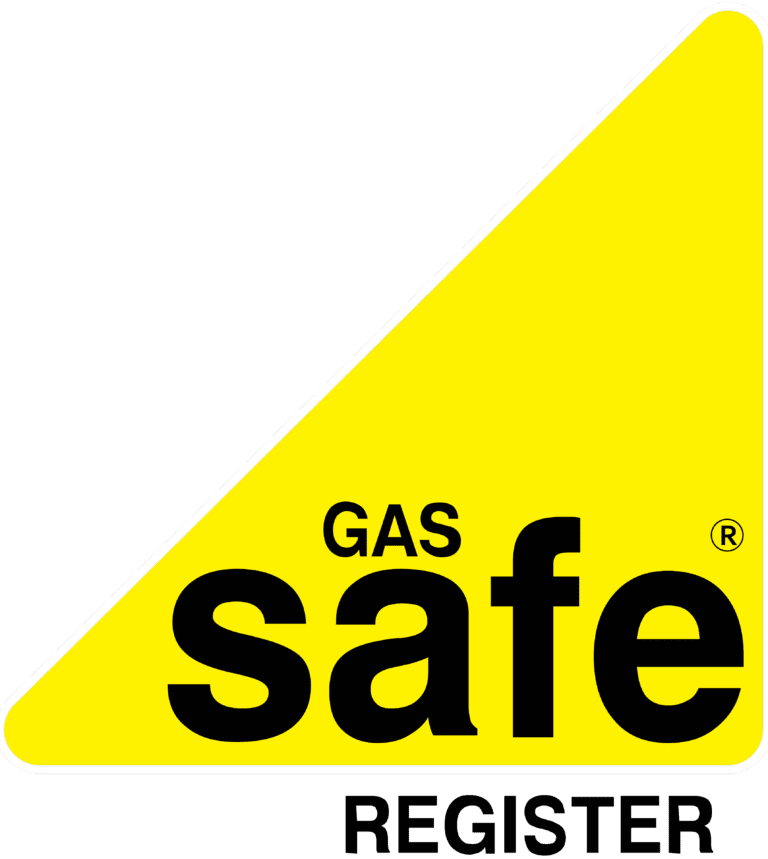Table of Contents
Blocked drains are among the most common plumbing problems in UK homes, with emergency callouts costing £100-200+ during evenings and weekends. Before reaching for the phone, try these proven techniques that professional plumbers use to clear drainage blockages safely and effectively.
Understanding Drain Blockages
Most household drain blockages occur in predictable locations and follow common patterns:
Kitchen Sinks: Grease, food particles, and soap buildup Bathroom Basins: Hair, soap scum, and toothpaste residue
Showers: Hair, soap, and product buildup Toilets: Excessive toilet paper, foreign objects, or waste buildup External Drains: Leaves, debris, and fat deposits
Understanding the cause helps determine the most effective solution.
Essential Tools for DIY Drain Clearing
Basic Equipment (£15-30 total):
- Standard plunger
- Toilet-specific plunger (flanged)
- Drain snake/auger (£8-15)
- Rubber gloves
- Bucket and old towels
Household Solutions:
- Baking soda
- White vinegar
- Dish soap
- Hot (not boiling) water
Proven Techniques by Drain Type
Kitchen Sink Blockages
Step 1: Hot Water Flush Pour a kettle of hot (not boiling) water down the drain slowly. This dissolves grease buildup and may clear minor blockages immediately.
Step 2: Baking Soda and Vinegar Method
- Pour 200g baking soda down the drain
- Follow with 200ml white vinegar
- Cover drain with plug or cloth
- Wait 30 minutes
- Flush with hot water
Step 3: Plunger Technique
- Ensure sink has 5cm of water
- Create tight seal around drain
- Plunge vigorously 10-15 times
- Check water drains freely
Prevention: Never pour cooking oil or grease down kitchen drains. Wipe greasy pans with kitchen paper before washing.
Bathroom Basin and Shower Drains
Hair Removal Method:
- Remove drain cover or pop-up stopper
- Use fingers or tweezers to extract visible hair
- Use drain snake for deeper blockages
- Replace drain cover
Deep Clean Solution:
- Mix equal parts baking soda and salt
- Pour mixture down drain
- Follow with white vinegar
- Leave overnight, flush with hot water
Toilet Blockages
Standard Plunging:
- Use toilet-specific plunger with flange
- Create good seal in toilet bowl
- Push down slowly, pull up quickly
- Repeat 10-15 times vigorously
- Flush to test
Dish Soap Method:
- Add 50ml washing-up liquid to bowl
- Wait 30 minutes for lubrication
- Pour bucket of warm water from height
- Follow with plunging if needed
Never use chemical drain cleaners in toilets – they can damage seals and pipes.
External Drain Cleaning
Safety First: Wear gloves and eye protection when working with external drains.
Debris Removal:
- Remove drain cover carefully
- Clear visible leaves and debris by hand
- Use garden hose to flush remaining buildup
- Check water flows freely
Pressure Washing: For stubborn external blockages, a pressure washer can effectively clear accumulated debris and fat deposits.
Chemical Drain Cleaners: When and How
Appropriate Use:
- Light soap and hair blockages
- Preventive maintenance
- When mechanical methods partially successful
Safety Guidelines:
- Always read manufacturer instructions
- Never mix different chemical products
- Ensure good ventilation
- Wear protective gloves and eyewear
- Never use in completely blocked drains
Environmental Alternatives: Enzyme-based drain cleaners break down organic matter safely and are environmentally friendly options for regular maintenance.
When to Stop and Call a Professional
Red Flags Requiring Professional Help:
- Multiple drains backing up simultaneously
- Sewage smells or visible sewage
- Water backing up in other fixtures
- Gurgling sounds from multiple drains
- Repeated blockages in same location
- Standing water that won’t drain after trying all methods
Signs of Serious Problems:
- External manholes overflowing
- Tree root intrusion (common in older properties)
- Collapsed or damaged drain pipes
- Main sewer line blockages
These issues require professional drain cleaning equipment and expertise.
Cost Breakdown: DIY vs Professional
DIY Costs:
- Basic tools: £15-30 (one-time purchase)
- Chemical cleaners: £5-15 per treatment
- Time investment: 30-60 minutes
Professional Services:
- Standard callout: £80-120
- Emergency/weekend: £150-250
- Drain camera survey: £100-200
- High-pressure jetting: £150-300
Annual Savings Potential: Regular DIY maintenance can save £200-500 annually on professional callouts.
Preventive Maintenance Schedule
Weekly:
- Hot water flush for kitchen drains
- Remove visible hair from bathroom drains
Monthly:
- Baking soda and vinegar treatment
- Check and clean external drain covers
Quarterly:
- Deep clean all drain traps
- Inspect and clear external drains
Annually:
- Professional drain survey for older properties
- Camera inspection for recurring problems
Professional Backup Plan
While many blockages clear with DIY methods, maintaining relationships with trusted professionals ensures prompt help when needed. Plumbing Angels provides emergency drain clearing services with transparent pricing and no hidden costs.
Our professional equipment includes high-pressure water jetting and drain cameras for diagnosing complex blockages that DIY methods cannot resolve.
For persistent drain problems or emergency blockages, contact Plumbing Angels on 01732 792 454. Available 24/7 for drainage emergencies across Kent and surrounding areas.

Emergency drain callouts typically cost £150-250 during evenings and weekends, compared to £80-120 for standard appointments. High-pressure jetting services cost £150-300, making DIY solutions potentially very cost-effective.
Chemical cleaners are safe when used correctly for light blockages. Never mix different products, ensure good ventilation, and avoid using in completely blocked drains. Never use chemical cleaners in toilets as they can damage seals.
Kitchen sinks: grease and food particles (60%), bathroom drains: hair and soap buildup (25%), toilets: excessive paper or foreign objects (10%), external drains: leaves and debris (5%).
Multiple drains backing up simultaneously usually indicates main sewer line blockages, tree root intrusion, or collapsed pipes. These require professional diagnosis and specialised equipment to resolve safely.
Weekly hot water flushes, monthly baking soda treatments, and quarterly deep cleaning prevent most blockages. External drains should be checked and cleared seasonally, especially before winter.
While not 100% preventable, regular maintenance reduces blockages by 80-90%. Never pour grease down kitchen drains, use drain guards to catch hair, and avoid flushing inappropriate items down toilets.
Smart maintenance prevents expensive emergencies. Know when to try – and when to call.

